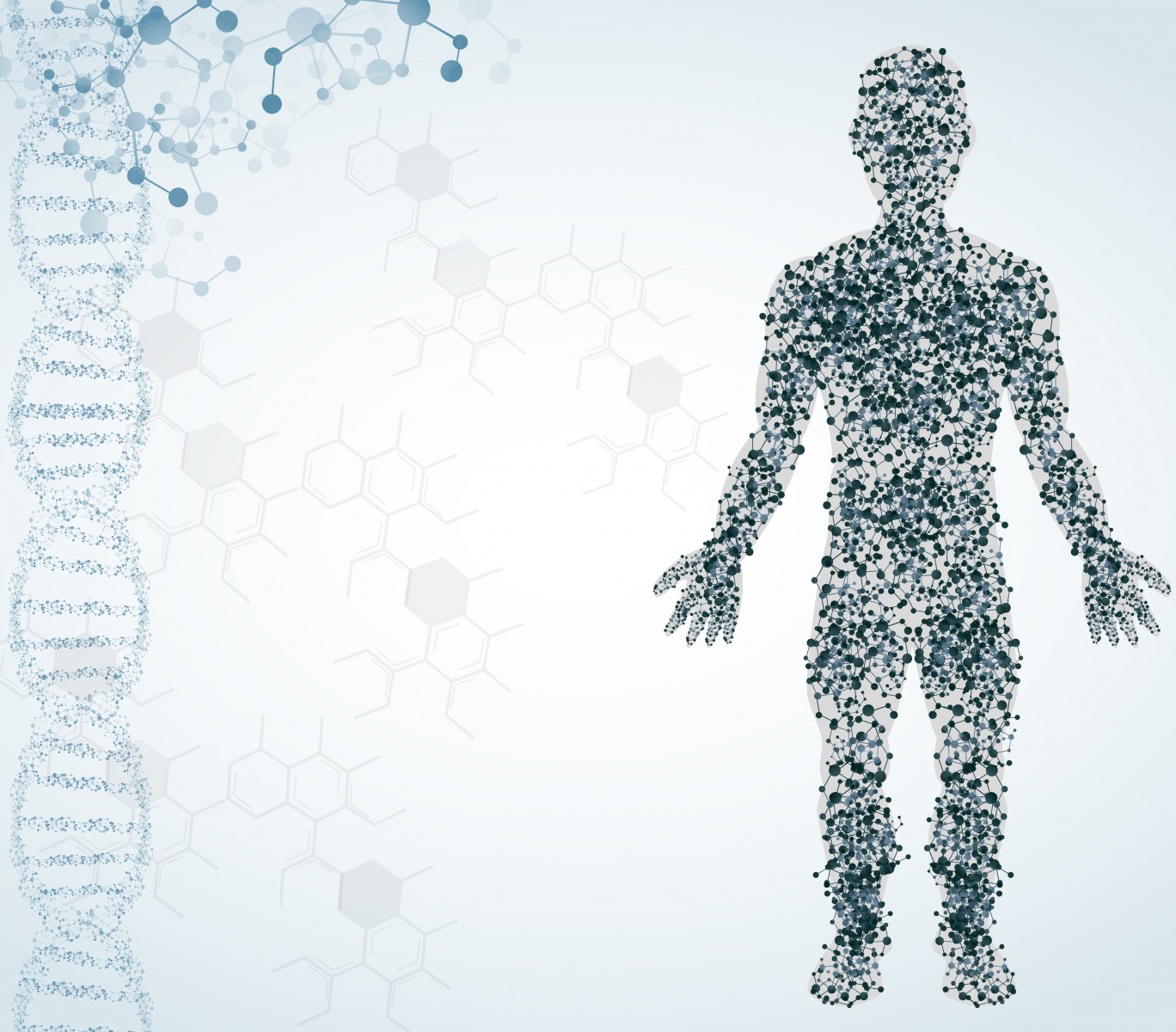Body Composition Better Measure of Nutritional Needs of SMA Kids than BMI or Weight
Written by |

Researchers compared children with types 1 and 2 spinal muscular atrophy (SMA) in terms of body composition and resting energy expenditure, and found those measures — for now — are the best to use when attempting to determine their appropriate dietary needs.
Body mass and body weight index Z-scores (a measure of standard deviation from a norm) can be misleading in assessing nutritional status, especially in type 1 SMA children, they reported.
The study, “Spinal Muscular Atrophy, types I and II: What are the differences in body composition and resting energy expenditure?” published in Clinical Nutrition, also underscored that important comparative data needed to understand the nutritional needs of children with both SMA types is lacking.
Researchers compared 15 children with type 1 and 15 children with type 2, matched for age and sex and adjusting for differences in body size, and analyzed multiple body measures in an attempt to understand how their body composition and energy needs would differ.
They found that children with both SMA types had lower fat mass than was representative for their age and sex, and a lower percentage of total body water and extracellular water than, again, was common in children of the same age and sex. Bone mineral content percentages were typical.
More specifically, type 1 children had a lower body weight (BW) and body mass index (BMI) than those with type 2, but similar fat mass. Type 1 SMA was also “significantly” marked by lower total fat-free mass and lean body mass — a measure that includes fat used in energy production — particularly around the trunk of their bodies, and by bone mineral content in their arms, the study found.
Their resting energy expenditure values — the amount of calories the body burns while at rest — were similar, but that expenditure per unit of fat-free mass (defined as the non-fat parts of the body, like its organs, muscles, and water content) was higher in children with type 1 than those with type 2.
“This study has shown that BW and BMI Z-score measurements alone can be misleading in assessing nutritional status, particularly in SMAI [type 1],” the authors wrote.
“The differences between SMA I and II in total and regional BC [body composition] are related only to FFM, LBM and BMC [fat free mass, lean body mass and bone mineral content], and seem to be more linked to the magnitude of neurofunctional impairment rather than to the nutritional status derangement,” they said.
“SMA I and SMA II children can have different energy requirements in relation to their specific BC [body composition] and hypermetabolism of FFM. Based on these results, our recommendation is to use direct BC and REE [resting energy expenditure] measurements in the nutritional care process until SMA-specific predictive equations become available,” they added.






